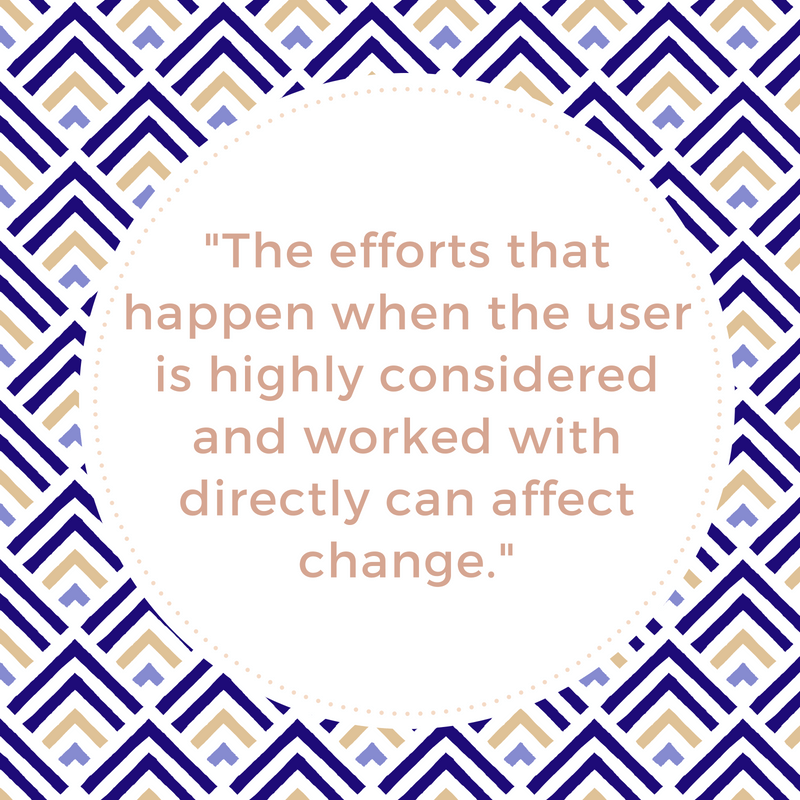Can UX Save Lives?
Human factors and usability testing professionals play an integral role during medical device design and post-market operations. In order to ensure medical devices are intuitive for HCP and patient use, human factors teams must develop safety validation strategies and work with end-users in the products’ intended environment. Q1’s 2nd Annual Medical Device Human Factors and Usability Conference on October 23-24 in Arlington, VA will address FDA dossiers, EU MDR impact on IFU standards, the utilization of heuristic evaluations and so much more. Get ready for the upcoming meeting by learning how user experience (UX) can save lives—read more below!
Human factors engineering and usability testing combines analyzing how a healthcare professional can and does use a medical product in the real world as well as the practical engineering of a medical product. Understanding and applying real-world findings is vital to successful product design and human factors professionals understand this to be true.
Dallas Innovates recently interviewed Jessica Burnham, program director and clinical assistant professor of the Master of Arts in Design and Innovation Program at SMU on the impact of UX and she states, “the whole world of user experience and Human-Centered Design can absolutely save lives. The efforts that happen when the user is highly considered and worked with directly can affect change. It becomes possible for the thing you’re designing to actually benefit them the way they need to be benefited, not just the way we think they need to be benefited.”
The importance of understanding how a device will be used in a real-world setting cannot be understated. Human factors professionals must identify and mitigate risks when it comes to medical devices. The greatest risk is that a device will be used incorrectly by a healthcare professional and result in harm—as any human factors engineer knows, the need to employ heuristic evaluation is absolutely essential. Dallas Innovates brings up another important point—empathy and understanding of the end-user is valuable and must be considered. The article states, “UX, when approached properly, revolves around a deep understanding and empathy for end users, and finding the best way to deliver something they want or need — even if limitations exist.”
The article studies a hypothetical wireless, wearable medical device that monitors heart rate and sends the information to the patients’ doctor. There are a few potential risks that this technology would pose for users. For example, patients of an older age might have difficulty navigating the app and understanding push notifications. They pose this scenario: “You stick the patch on your chest so it can send heart data to the physician. Now the device’s corresponding app is beeping, vibrating, and showing alerts in bold, red type. Your question: “Am I having a heart attack?” “Am I dying?”
“If the patient receives an alert while walking or performing moderate activity, it may cause stress. It may make them question if something bad is happening. We discussed including a feature that allows patients to control when they receive reminders.”
Risks like this must be assessed through task analysis and heuristic evaluation. These are a few of the in-depth sessions that we’ll discuss at the upcoming 2nd Annual Medical Device Human Factors and Usability Conference on October 23-24 in Arlington, VA. Hear from FDA, Abbott, Roche, Fujifilm and many more and network with peers and industry leaders. Access your copy of the full program agenda and be sure to reserve your spot today!






